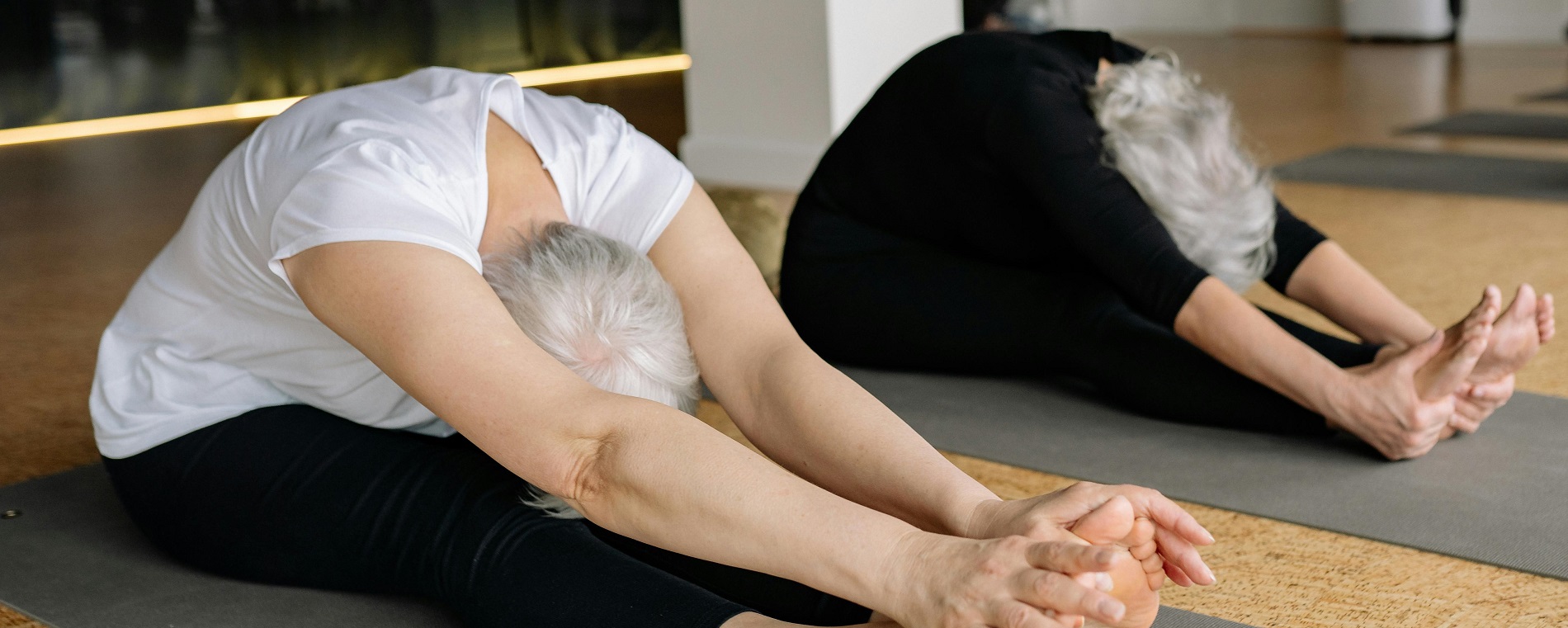When we think of our health, bones might not always be the first thing that comes to mind. Yet, these sturdy structures are the foundation of our body, providing support, protection and mobility. However, as we age, this foundation can weaken over time. Osteoporosis affects millions worldwide, especially older adults and women. Let's delve into what osteoporosis is, its causes, symptoms, and most importantly, how to prevent and manage it.
What is Osteoporosis?
Osteoporosis is a condition characterized by weakened bones, making them fragile and more prone to fractures. The word itself translates to "porous bone," which perfectly describes the condition where bones lose density and mass. Bones with osteoporosis over time have become more porous and susceptible to fractures even from minor bumps or falls.
Causes and Risk Factors
A variety of factors contribute to the development of osteoporosis. Aging is a primary cause, as bone density tends to decrease as we grow older. Women are at higher risk, especially postmenopausal women, due to the decrease in estrogen, a hormone that helps protect bones.
Another significant risk factor is the lack of calcium and vitamin D in one’s diet. Calcium is crucial for bone health, and when there's not enough in the diet, the body leaches it from the bones, weakening them over time. Vitamin D, often called the "sunshine vitamin," helps the body absorb calcium from the foods we eat. So, insufficient sunlight exposure or low dietary intake of vitamin D can also contribute to osteoporosis.
Other risk factors include:
- Family history of osteoporosis
- Sedentary lifestyle
- Smoking and excessive alcohol consumption
- Certain medications like corticosteroids and some cancer treatments
- Medical conditions like rheumatoid arthritis and celiac disease
Symptoms and Complications
One of the challenges with osteoporosis is that it often goes unnoticed until a fracture occurs. This is why it's often called the "silent disease." However, there are some signs and symptoms to be aware of:
- Back pain, caused by fractured or collapsed vertebrae
- Stooped posture
- Bone fractures that occur more easily than expected
Prevention and Management
The good news is that there are steps individuals can take to prevent or manage osteoporosis:
- Healthy Diet: Ensure an adequate intake of calcium and vitamin D through diet or supplements. Dairy products, leafy greens, nuts and fortified foods are good sources of calcium. Vitamin D can be obtained from sunlight and foods like fatty fish and fortified cereals.
- Regular Exercise: Weight-bearing and muscle-strengthening exercises are beneficial for bone health. These include walking, jogging, dancing and weightlifting. Exercise not only strengthens bones but also improves balance, reducing the risk of falls.
- Avoid Smoking and Limit Alcohol: Smoking and excessive alcohol consumption can weaken bones. Quitting smoking and limiting alcohol intake can improve bone health.
- Bone Density Testing: For those at higher risk or postmenopausal women, regular bone density testing can detect osteoporosis early. This allows for early intervention and treatment. Dual-Energy X-ray Absorptiometry (DXA) is the gold standard for bone density testing. It uses low-dose X-rays to measure bone mineral density (BMD) at the hip and spine. Results are reported as T-scores, comparing the patient's bone density to that of a healthy young adult.
- Medications: There are medications available to help prevent further bone loss or even increase bone density. These should be discussed with a healthcare provider.
Osteoporosis might be a "silent disease," but it can be managed through a healthy lifestyle. By understanding its causes, symptoms and risk factors, individuals can take proactive steps to maintain bone health. From a balanced diet to regular exercise and avoiding harmful habits, simple lifestyle changes can make a significant difference. If there are concerns about bone health, consulting with a healthcare professional is always a wise decision. Together, we can build stronger, healthier bones and reduce the impact of osteoporosis on our lives.
Sources:
- National Osteoporosis Foundation (NOF)
https://www.nof.org/ - Mayo Clinic - Osteoporosis Overview
https://www.mayoclinic.org/diseases-conditions/osteoporosis/symptoms-cau... - Centers for Disease Control and Prevention (CDC) - Osteoporosis Overview
https://www.cdc.gov/nutrition/InfantandToddlerNutrition/basics/vitamins-... - National Institutes of Health (NIH) - Osteoporosis and Calcium Fact Sheet
https://ods.od.nih.gov/factsheets/Calcium-HealthProfessional/ - Harvard Health Publishing - Osteoporosis Prevention
https://www.health.harvard.edu/womens-health/osteoporosis-prevention-a-nutrition-and-lifestyle-guide - International Osteoporosis Foundation (IOF)
https://www.osteoporosis.foundation - Dual-Energy X-ray Absorptiometry (DXA)
https://www.nof.org/patients/diagnosis-information/bone-density-examtest...




